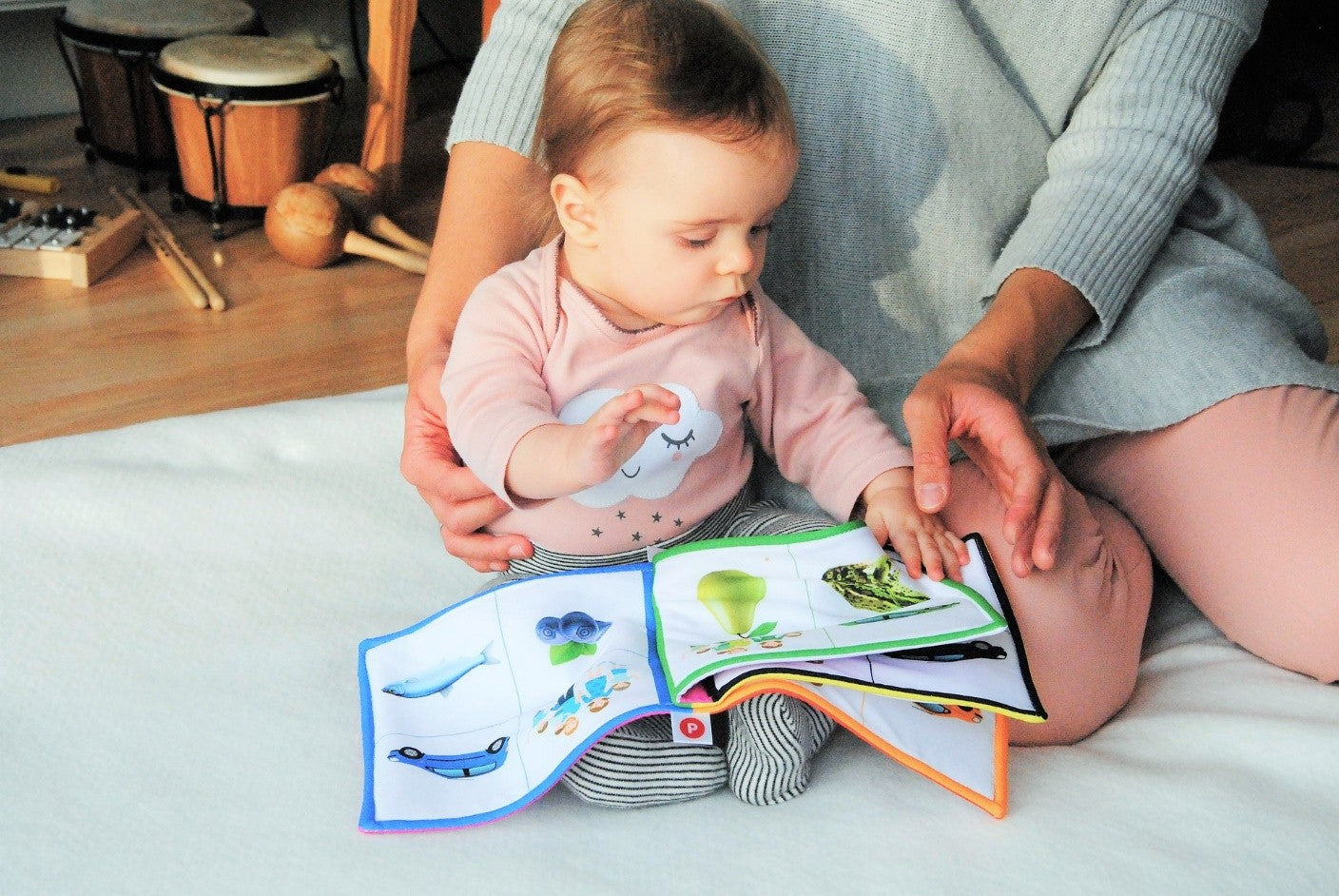The Importance of Reading to Your Baby and How to Make it Fun
Imagine a tool so powerful that it can help shape your baby’s brain, laying the groundwork for lifelong learning and success. Now, picture that this tool is as simple as sharing a book with your little one. Reading to your baby is that tool, and its significance cannot be overstated.
Why Is Reading to Your Baby So Crucial?
Reading to your baby isn’t just about bonding, although that’s a great benefit. It’s like planting seeds in a garden. Your baby’s brain rapidly develops in the first three years of life, more than at any other time, and reading is one of the best ways to stimulate this growth.
Literacy Skills: Babies learn about language when they hear spoken words. As you read, you introduce them to vocabulary, sentence structure, and storytelling, far more than they’d hear from just everyday conversations.
Emotional Development: Through stories, babies can explore emotions, understand relationships, and begin to empathize with characters. This builds a foundation for their own emotional intelligence.
Cognitive Skills: Books are filled with colors, shapes, letters, and numbers. By pointing these out, you’re nurturing early literacy and numeracy skills that are crucial for academic success.
Concentration and Discipline: Even very young babies can learn focus and self-discipline from regular reading times. As they grow older, these skills will be invaluable for all areas of life.
Imagination: Reading books with pictures allows babies to engage with the story visually as well as verbally. This stimulates creativity and helps them understand the world.
How to Make Reading to Your Baby a Joyful Experience
1. Start Early and Be Consistent
It’s never too soon to start. Even newborns can look at pictures and listen to your voice. By reading to your baby regularly, you create a routine that both of you will cherish. This consistency also sends the message that reading is an important and enjoyable part of your day.
2. Choose the Right Books
In the early months and years, pick books that have simple, high-contrast pictures and interactive elements like flaps or textures. As your baby grows, introduce books with rhyme, rhythm, and repetition—these are not only fun to listen to but also reinforce language learning.
3. Interact with the Story
Don’t just read the words on the page—point to pictures, make sound effects, and encourage your baby to touch and explore the book. This interaction makes reading an active experience and keeps your baby engaged.
4. Express With Animation
Use different voices for characters, vary your tone and pitch, and show excitement in your delivery. Your enthusiasm will be contagious, and your baby will look forward to storytime as a highlight of the day.
5. Read and Repeat
It’s fine—actually, it’s great—if babies want the same book over and over. Repetition helps them learn. The more they hear a story, the more they’ll absorb the sounds, words, and rhythms of language.
6. Make It a Multi-Sensory Experience
Let your baby hold the book, turn the pages, or pat the pictures. You can also relate the story to their world, like touching their toes when you read about feet or making a splash sound if you’re reading about water.
7. Keep It Snappy
Young babies have short attention spans. A few minutes is often enough, especially in the beginning. As they grow, gradually extend reading time. Always end the session before your baby gets fussy so they remember reading as a fun activity.
8. Create a Reading Space
A comfy chair or a cozy corner with a soft blanket and a stack of books invites snuggling and reading. This dedicated space can be a safe haven for both you and your baby.
9. Lead by Example
Children imitate what they see. Let your baby see you reading your own books. Your behavior shows that reading is a valuable and enjoyable activity for everyone in the family.
10. Be Patient and Flexible
Some days your baby will be more interested in reading than others. That’s okay. Be willing to adapt and follow your baby’s lead. The goal is to foster a love for reading, not to finish every book you start.
Frequently Asked Questions (FAQs)
Q: At what age should I start reading to my baby?
A: You can start reading to your baby from birth. The earlier you begin, the better it is for language development and bonding.
Q: How long should I read to my baby each day?
A: Aim for a few minutes at a time, several times a day. As your baby grows, you can increase the time based on their interest and attention span.
Q: What if my baby doesn’t seem interested in the books I choose?
A: It’s normal for babies to go through phases of interest. Keep trying different types of books, and remember that interest levels can change quickly as they grow.
Q: Can I read e-books or use reading apps with my baby?
A: Physical books are best for babies, as they engage more of the senses and reduce screen time. However, if e-books or apps are your only option, they are better than not reading at all.
Q: Should I only read baby books, or can I read from any book?
A: While books designed for babies are ideal, reading from any book is fine as long as the content is appropriate. The sound of your voice and the rhythm of the language are what’s most important.
In conclusion, reading to your baby sets them up for a lifetime of curiosity, learning, and success. It is an invaluable activity that combines educational benefits with the joy of spending quality time together. By incorporating the tips provided, you can make reading sessions enjoyable and effective. So grab a book, snuggle up, and embark on a journey of discovery and delight with your little one. The pages you turn today are building the future for their tomorrow.
